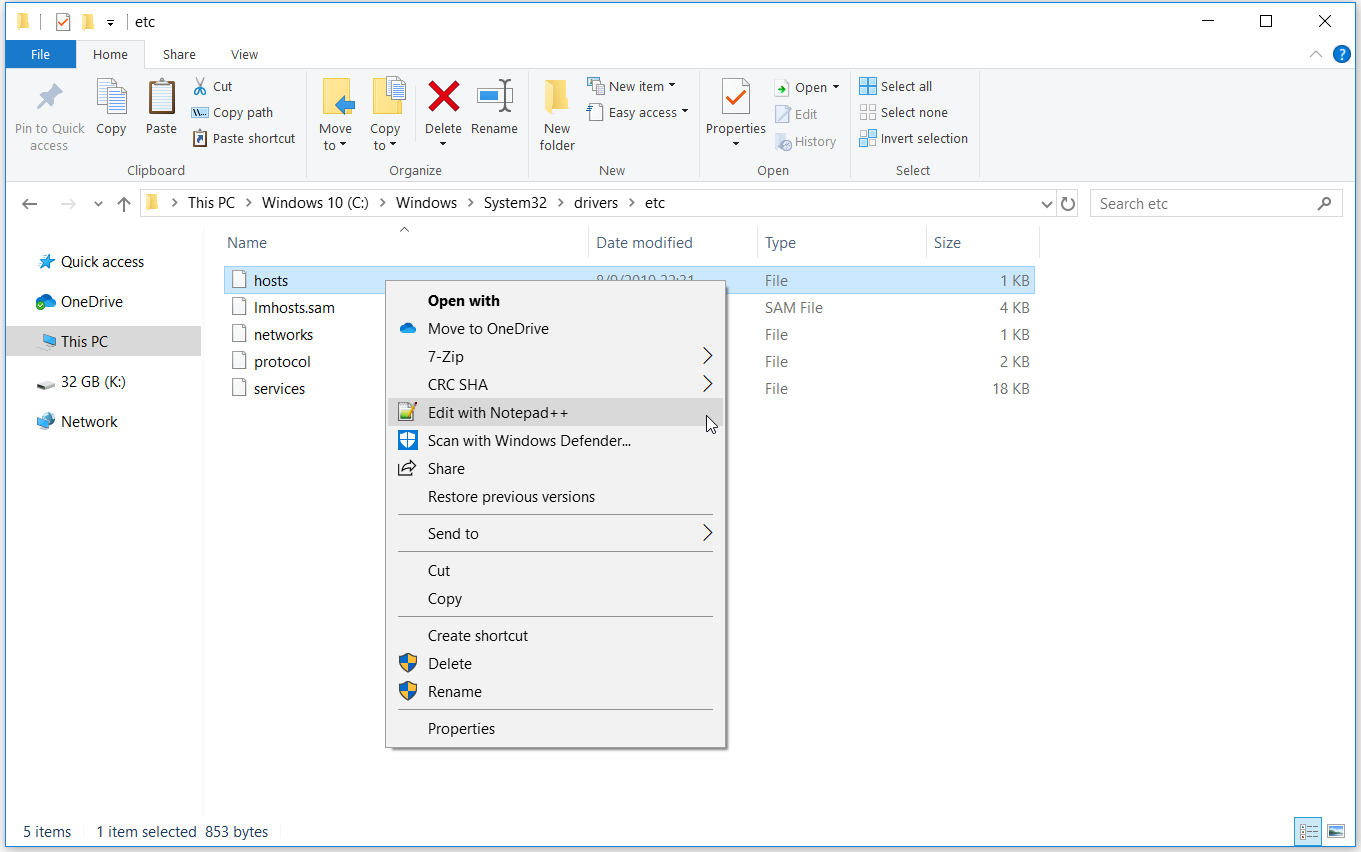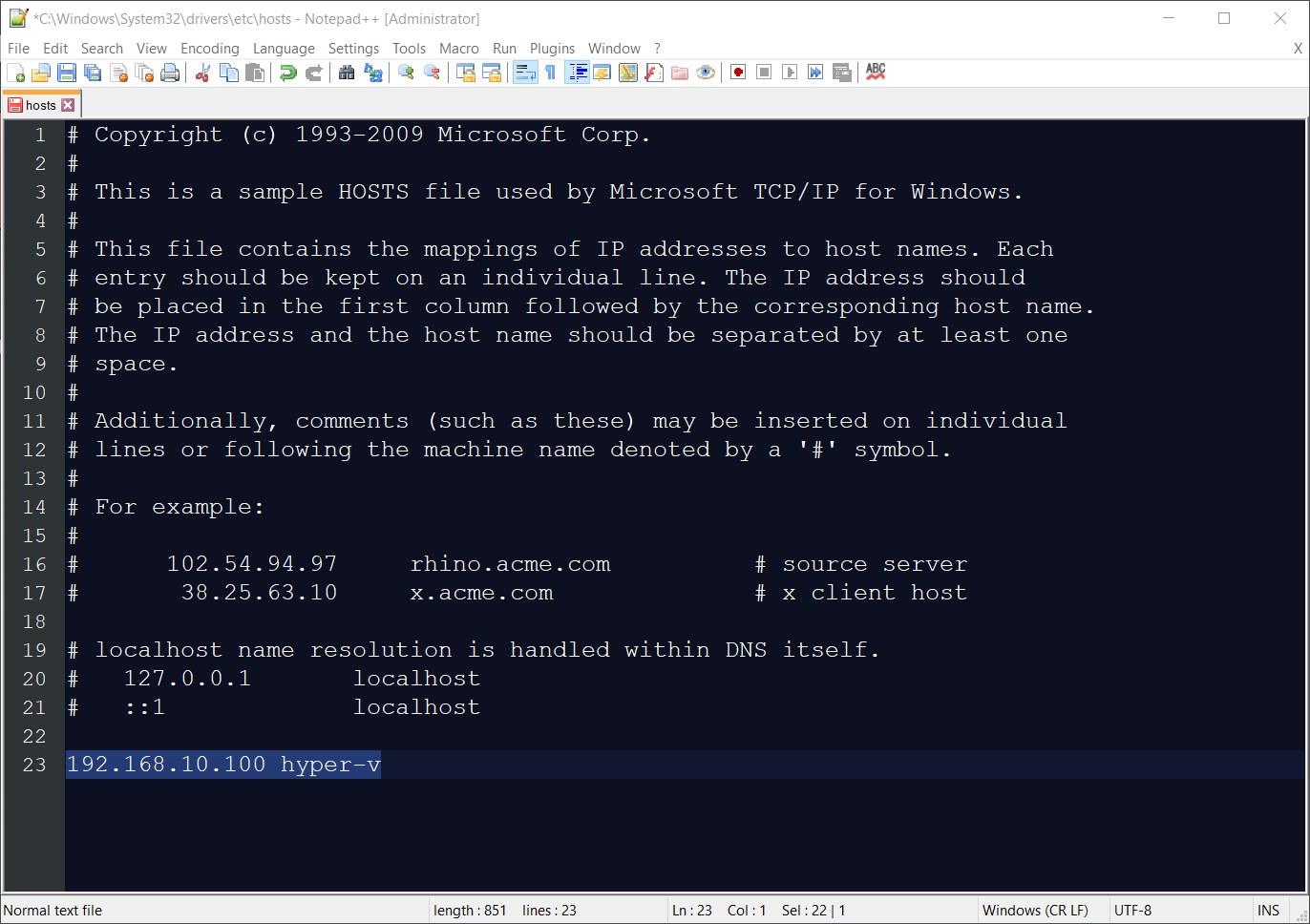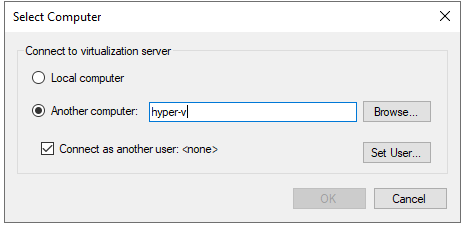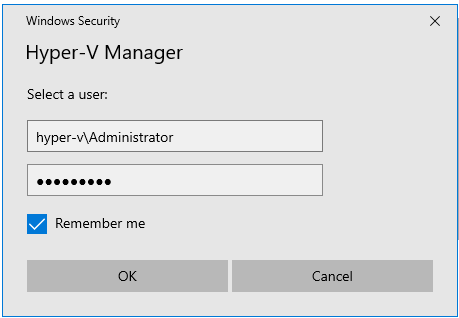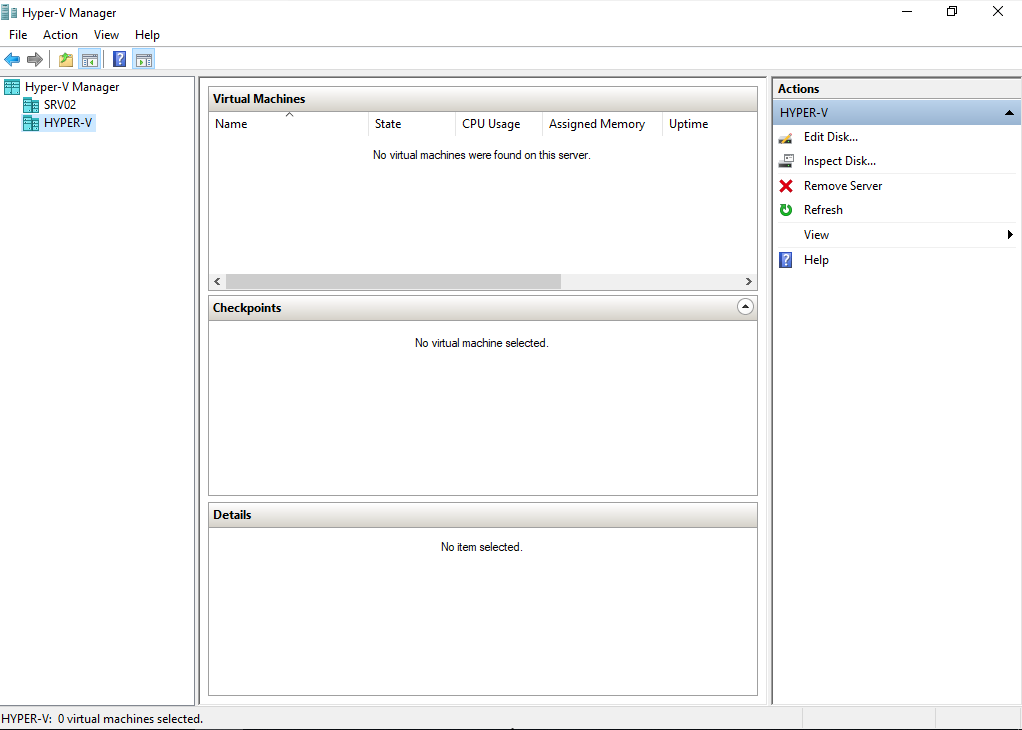In this article, we will walk you through the process of doing remote management of your Hyper-V 2019 Core Server from Windows 10 machine. In order to manage Hyper-V 2019 from Windows 10, there are few requirements that have to be in place, including Windows 10 Professional or Enterprise edition, x64 CPU that supports SLAT (Second Level Address Translation), minimum 4 GB RAM memory and Virtualization Support. If all of these requirements are fulfilled, we can step up to enabling Hyper-V Client within the Windows 10. We already covered all the steps that are necessary to enable Hyper-V Client. Please refer to the article “How to Create and Run a Virtual Machine With Hyper-V”. In case that you would like to manage Hyper-V 2019 Core Server from the virtual machine, you will need to enable nested virtualization by following instructions on the article How to run Hyper-V in a Virtual Machine with Nested Virtualization? After we have successfully completed previous steps, the next step includes adding Hyper-V 2019 Server to Hyper-V Manager on Windows 10. In order to do so, please follow the instruction below.
Step 1: Edit hosts file (Optional if you don’t have DNS server in the network)
As we don’t have DNS server in our lab, we will edit the host file on the machine from which we are trying to connect to Hyper-V 2019 Core Server. In our case, we will edit the host file on Windows 10 Pro machine.
Step 2: Add Hyper-V 2019 Server to Hyper-V Manager in Windows 10
This step explains the procedure of adding Hyper-V 2019 Server to Hyper-V Manager in Windows 10. The same procedure is compatible with Windows 8, Windows 8.1, Windows Server Edition 2012 R2, Windows Server 2016 and Windows Server 2019. In the next article, we will show you how to install and configure your first virtual machine.
How to Fix Issues Connecting to remote Hyper-V Server 2019Hyper-V 2019 Core Server – Initial ConfigurationHow to install Hyper-V 2019 Server Core?10th-Gen Intel Core i5-10400 6C/12T CPU Compared With 9th-Gen Intel Core…
